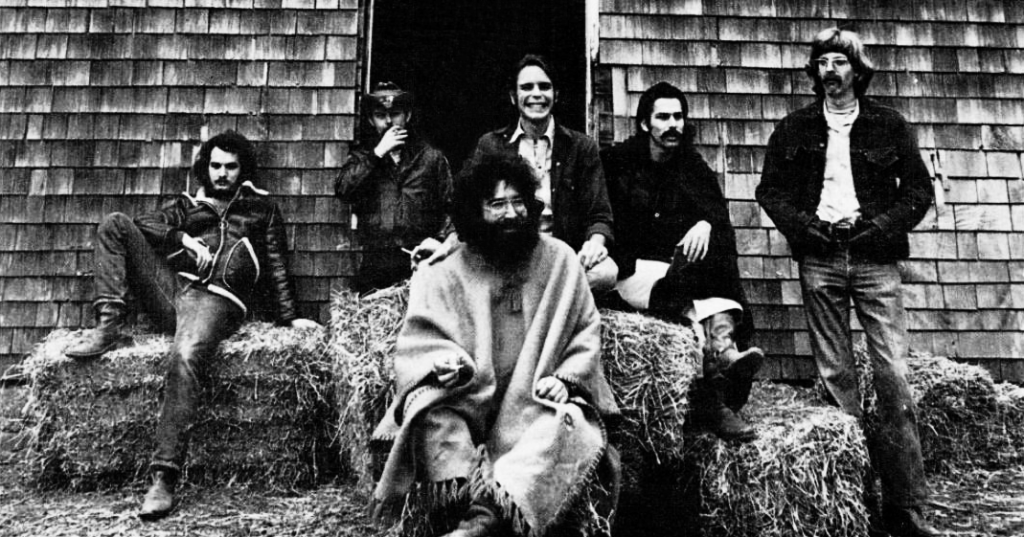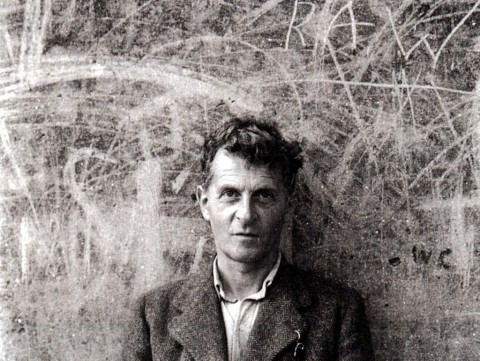Enduring conspiracy theories aside, the 1969 moon landing (above) was a rousing success for the government space program known as NASA. After a decade-long space race, during which it seemed to all observers that the Soviets had the edge, the U.S. landed Apollo 11–carrying Neil Armstrong and Buzz Aldrin–at the Sea of Tranquility on July 20, 1969. Nixon was president, the Vietnam War and its opposition raged, and Leonid Brezhnev helmed a stagnant Soviet empire.
On the great list of Cold War what-ifs, the near-miss of the Bay of Pigs is surely number one. But for all the space nerds out there, this one ranks pretty high: What if Aldrin and Armstrong never made it back? This was, of course, a distinct possibility, and one that the Nixon administration prepared for. While we were told during this last presidential election that Mitt Romney failed to write a concession speech, William Safire, speechwriter for Richard Nixon, did write a speech in the event that Apollo 11 couldn’t make the return trip. The speech, entitled IN EVENT OF MOON DISASTER, is a something of a terse and poignant masterpiece. Below is an excerpt of Safire’s brief, hypothetical address:
These two men are laying down their lives in mankind’s most noble goal: the search for truth and understanding.
They will be mourned by their families and friends; they will be mourned by the nation; they will be mourned by the people of the world; they will be mourned by a Mother Earth that dared send two of her sons into the unknown.
In their exploration, they stirred the people of the world to feel as one; in their sacrifice, they bind more tightly the brotherhood of man.
In ancient days, men looked at the stars and saw their heroes in the constellations. In modern times, we do much the same, but our heroes are epic men of flesh and blood.
Others will follow, and surely find their way home. Man’s search will not be denied. But these men were the first, and they will remain the foremost in our hearts.
For every human being who looks up at the moon in the nights to come will know that there is some corner of another world that is forever mankind.
Would the space program have continued had these two brave pioneers died on the moon? Certainly. But this moment of triumph would instead be remembered—like the Challenger disaster of 1986—as a moment of great loss and a very serious setback for our forays into outer space.
Read the full speech here at Letters of Note.
Josh Jones is a doctoral candidate in English at Fordham University and a co-founder and former managing editor of Guernica / A Magazine of Arts and Politics.
Related Content:
Michio Kaku Schools Takes on Moon Landing-Conspiracy Believer on His Science Fantastic Podcast
Dark Side of the Moon: A Mockumentary on Stanley Kubrick and the Moon Landing Hoax
First Orbit: Celebrating 50th Anniversary of Yuri Gagaran’s Space Flight






